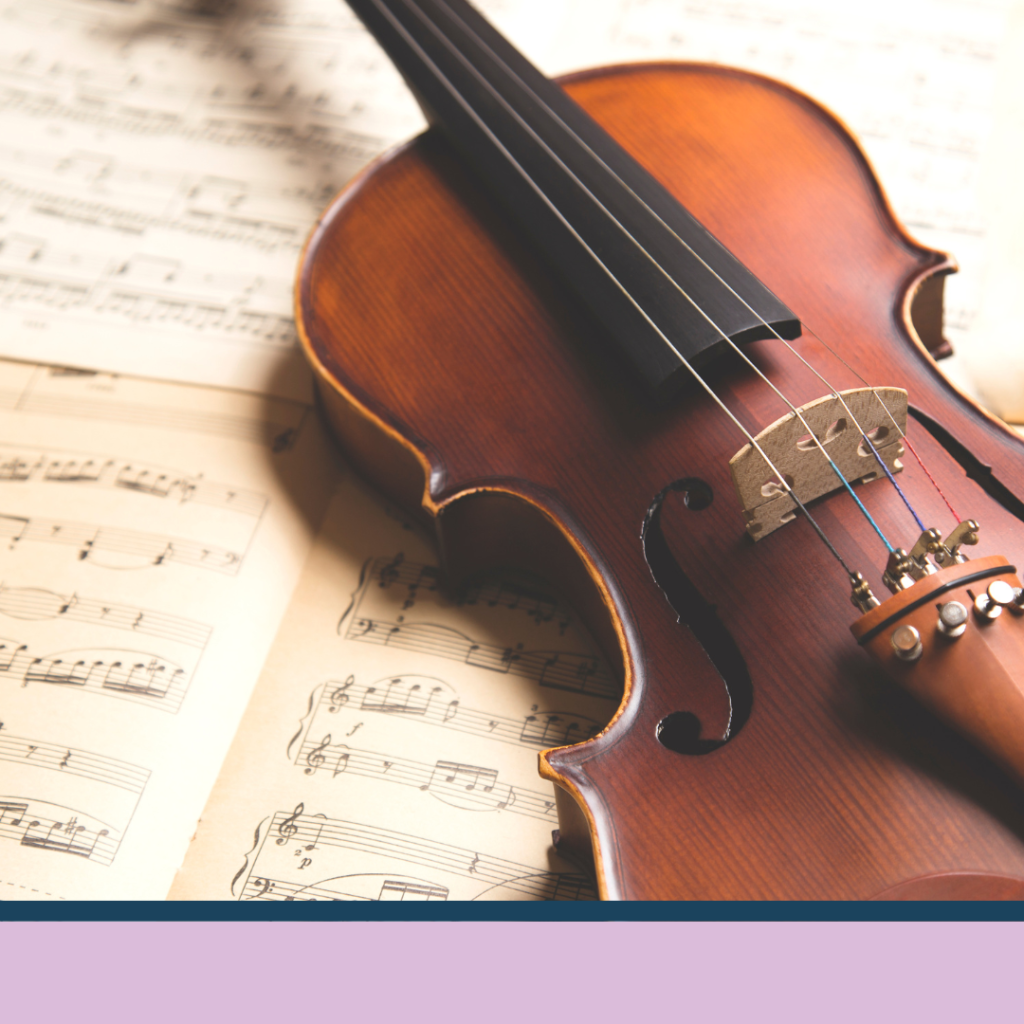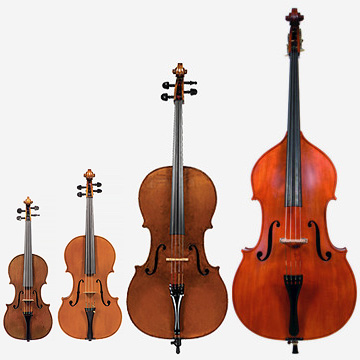
Which String Instrument Would Be Best For My Child To Learn?
Music has been found to be beneficial for children in many ways. It helps develop cognitive, emotional, and social skills, among other things. If you’re considering introducing music to your child and are wondering where to start, a String instrument might be a great option. In this blog post, we’ll go over some options and help you decide which might be the best fit for your child.
The first step in choosing a String instrument for your child is to understand the basics about each one. The most common String instruments are the Violin, Viola, Cello, and Double Bass.

(photo courtesy of Johnson String)
The Violin is the smallest and most popular of these instruments and might be a good choice for a child with smaller hands. The Viola is slightly larger and sounds deeper than the Violin. The Cello is significantly larger than the Violin and Viola and is held between the knees while being played. The Double Bass is the largest of the String instruments and sounds lower than all the others.
It’s important to note that each String instrument is also available in smaller sizes to enable young children to be able to play the instrument comfortably. For more information on finding the correct size Violin, click here.
Are Some Instruments Easier Than Others?
It’s important to note that learning any String instrument takes time, discipline, and practice. However, some instruments might be easier to learn than others for different reasons. For example, the Violin has a narrow neck and four strings, which makes it relatively easy to play faster notes in comparison to other string instruments. On the other hand, the Cello has a bigger body, which makes it harder to handle for smaller children. The Viola sits in between, but has a larger neck and heavier bow than the Violin, making it harder for beginners to learn at first.
Try Out The Different Options
Before making a decision, it’s helpful to let your child try out the different String instruments to see which one they prefer. You can rent instruments before buying to get a sense of which one might be the best fit.
What Does Your Child Want To Learn?
Probably the most important factor to consider is what your child is interested in playing. Some children might be drawn towards a particular String instrument based on the sound. For example, if your child likes the sound of low tones and a deep, mellow sound, then the Cello might be a great choice for them. If they prefer a bright, high-pitched sound, then they might enjoy the Violin instead.
Each instrument in the String family is played using a different technique. Although skills picked up on one instrument can be transferred across – to a degree – asking a child to play an instrument they’re unhappy with, only for them to switch to another later on, would mean the child would have to go back to basics and learn the techniques specific to the new instrument rather than being able to continue moving forward in their musical studies. So it’s worth spending the time initially to make sure your child is happy with their instrument choice.
Find A Good Teacher
Lastly, finding a good music teacher is essential in making sure your child gets the most out of learning their instrument. A teacher can instruct your child on proper technique, provide feedback, and motivate your child to improve. Having a good relationship with a music teacher can make the learning process more enjoyable and effective for your child.
Conclusion
Learning a String instrument can be a wonderful experience for your child, but choosing the right one requires careful consideration. Keep in mind your child’s hand size, playing preferences, and which instrument might be easier for them to learn. Letting your child try out the different instruments before picking one is also a great way to get started. Ultimately, a good music teacher will be able to guide your child towards success in their music journey. Seeing your child progress and develop a passion for music is a rewarding experience for both you and your child.

